A version of this story appeared in the winter 2020 issue of Uncommon Path.
Richard Johnson makes his living as an architectural photographer, so when he first noticed ice-fishing huts scattered across his home province of Ontario, he was fascinated. The portable, temporary structures, set up atop frozen lakes for days and weeks at a stretch, provide anglers with shelter from the weather.
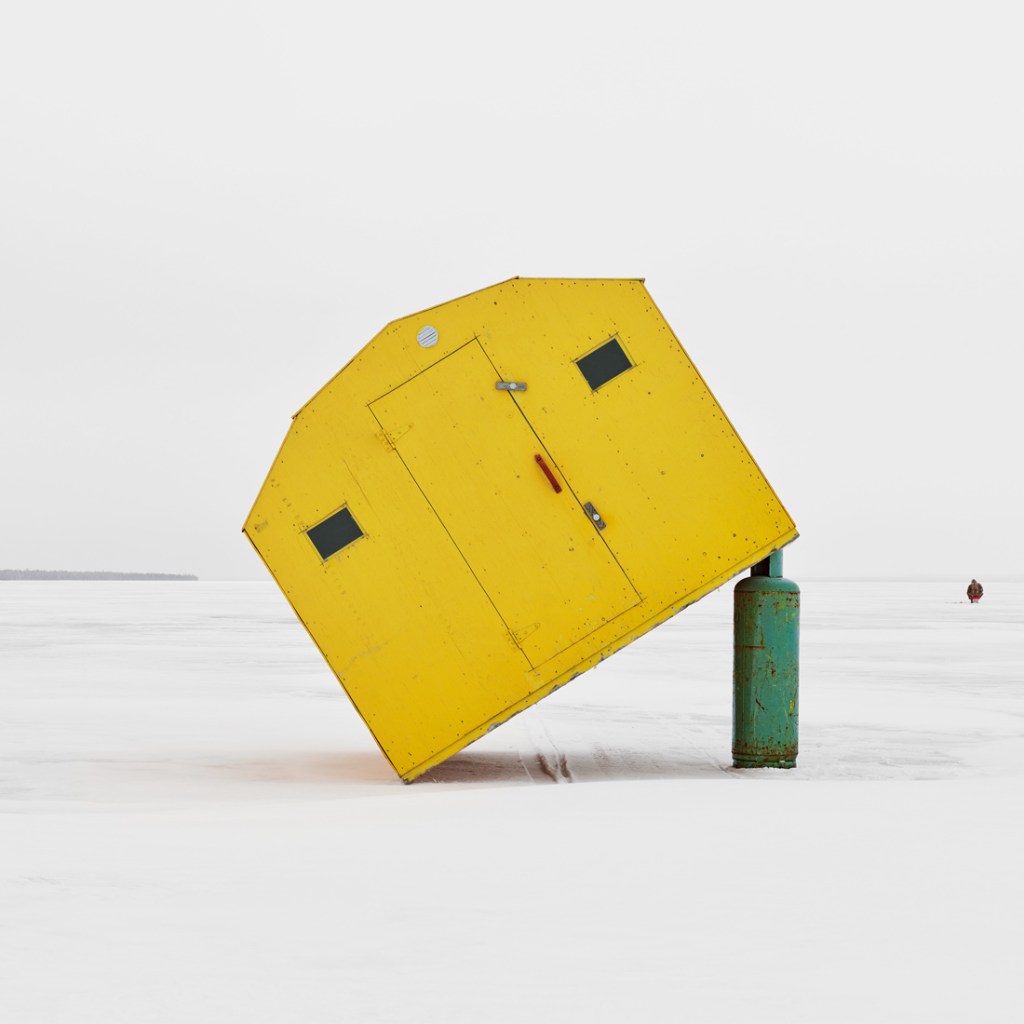
Port Bolster, Lake Simcoe, Ontario
The huts were often cobbled together from bits and pieces that remained from a home renovation—spare lumber, extra nails, a leftover window. “They were crooked and beaten up,” he says. “I was drawn to the subject because of their simplicity.”
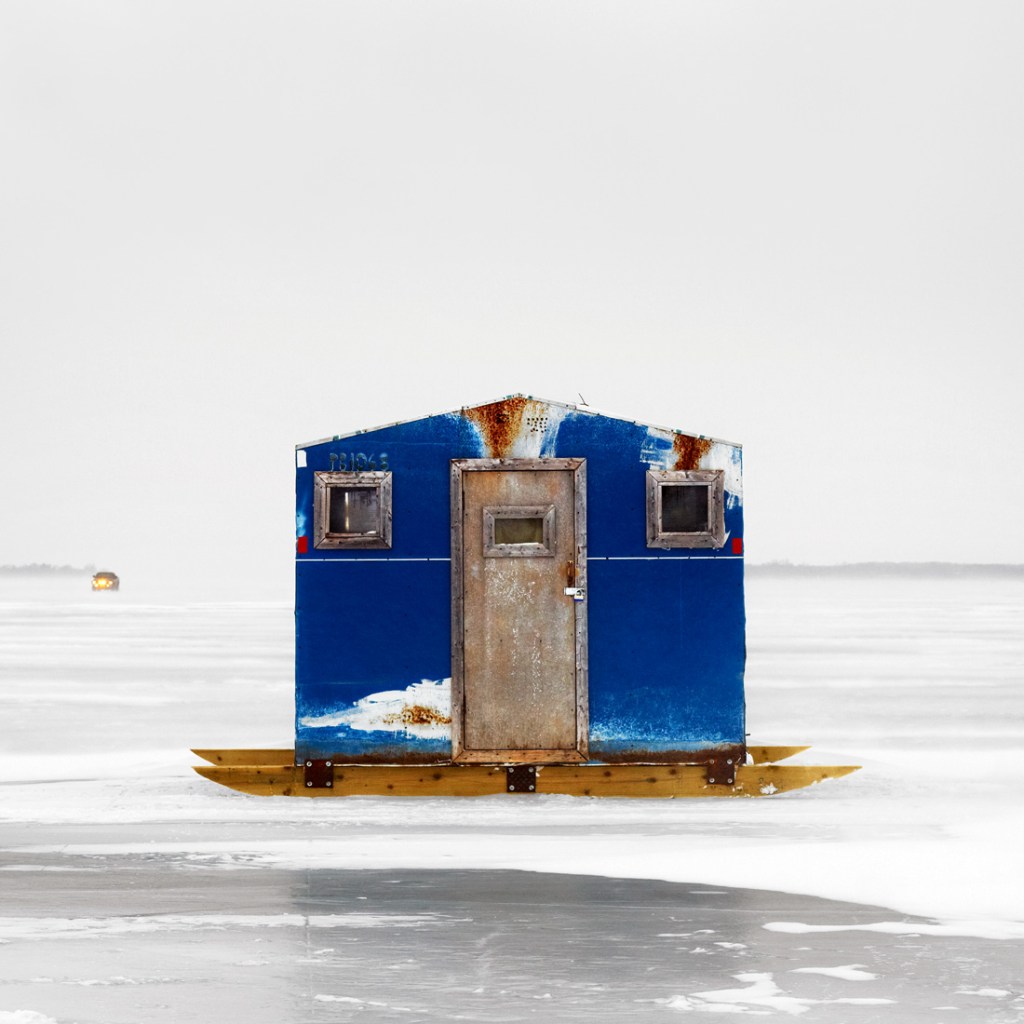
Lake Scugog, Ontario
He became so intrigued by the makeshift structures that he spent a decade between 2007 and 2017 documenting different huts—and the hardy folks who occupy them—across each of Canada’s 10 provinces.
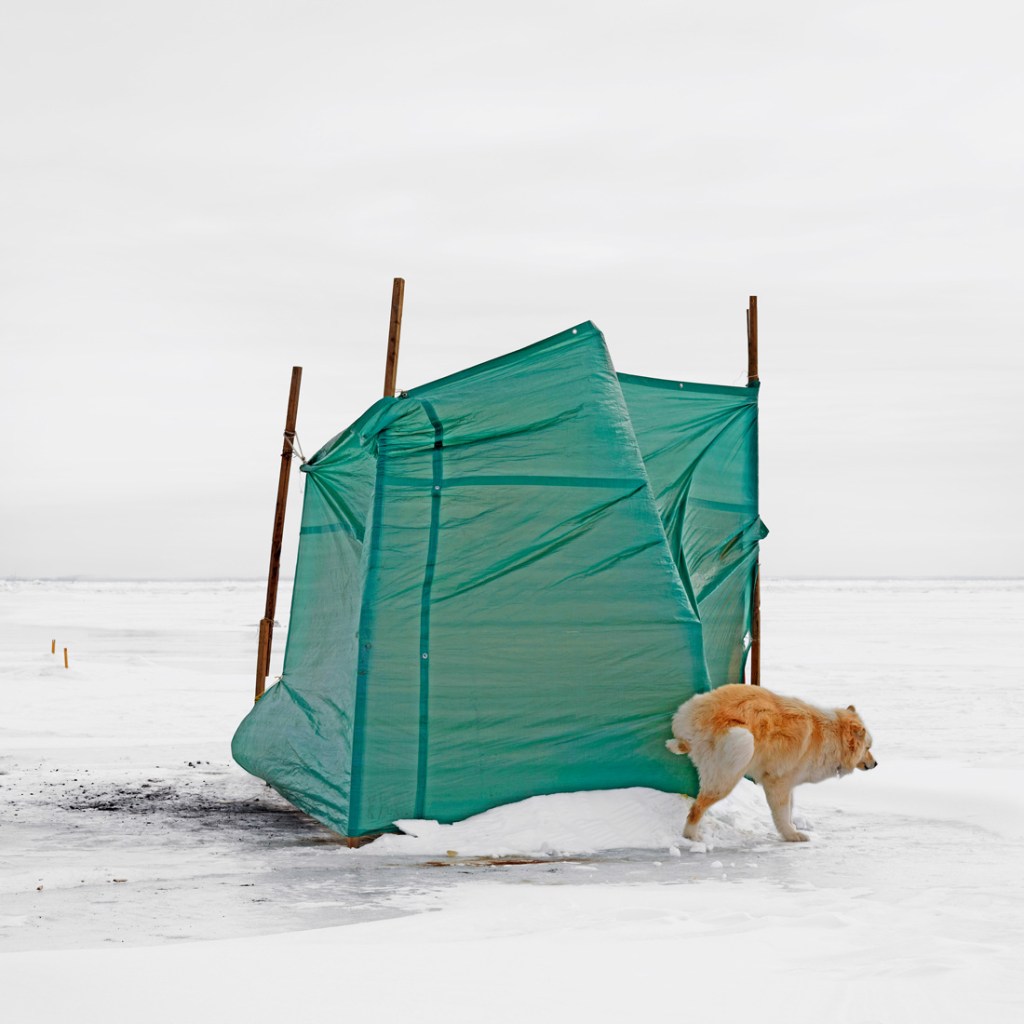
Yamachiche, Lake St. Pierre, Quebec
In the east, for example, where warmer weather off the Atlantic makes for less reliable ice, anglers tend to use temporary tarpaulin-based structures.
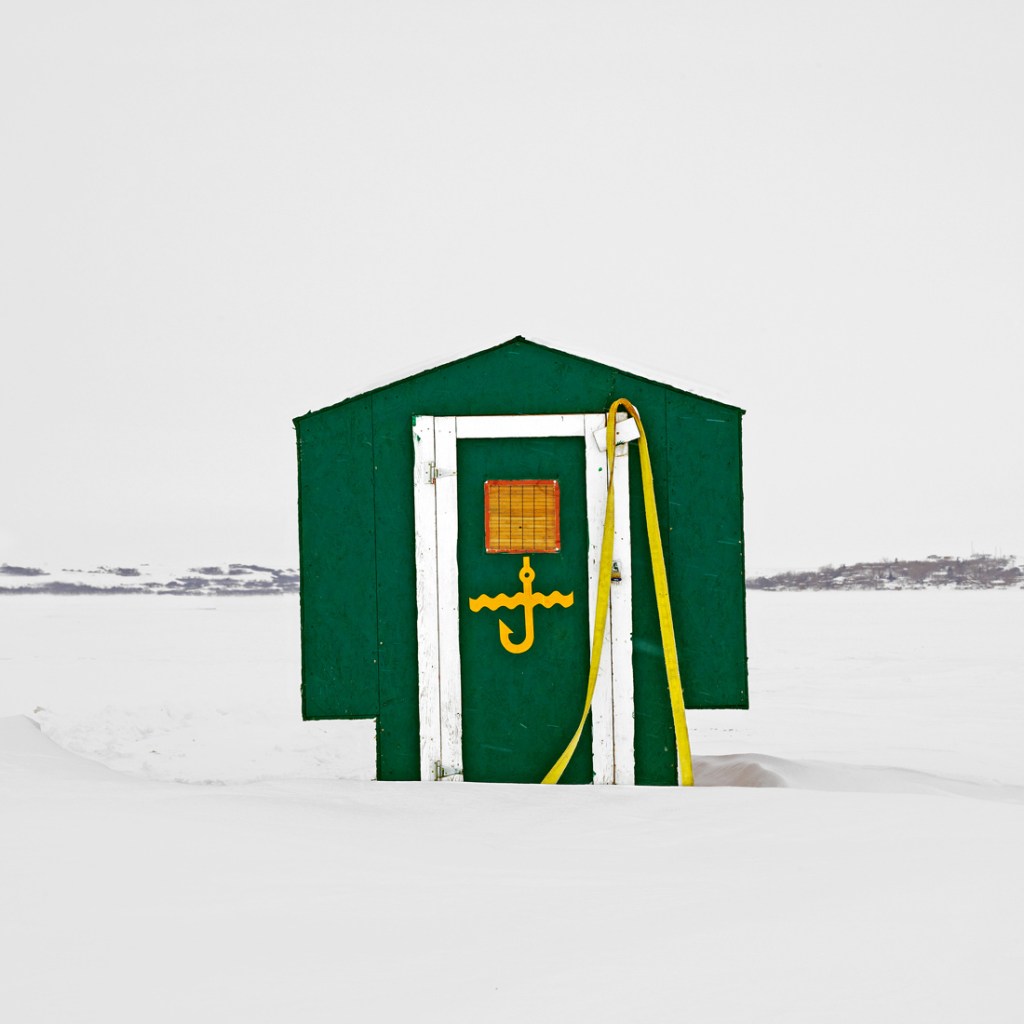
Regina Beach, Last Mountain Lake, Saskatchewan
In frigid Quebec, Johnson photographed far more elaborate wooden edifices on trailers, and in Saskatchewan, many residents own pickup trucks and build custom shelters to fit in the bed of their vehicle.
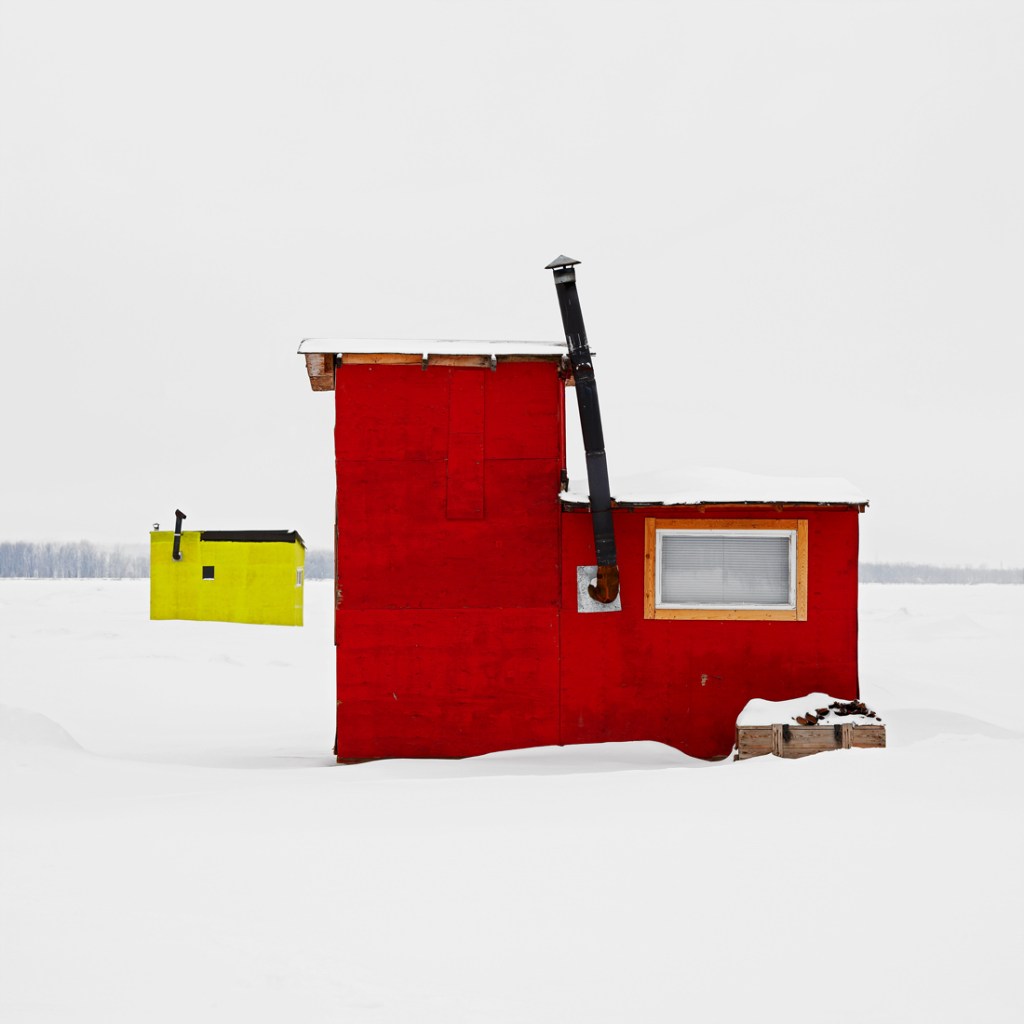
Petrie Island, Orléans, Ontario
By the end of his project, Johnson noticed the shorter winters were driving many hut occupants to a new type of pop-up tent structure—an even more temporary shelter that keeps the wind out but can be moved quickly in the event of rain or a fast thaw.
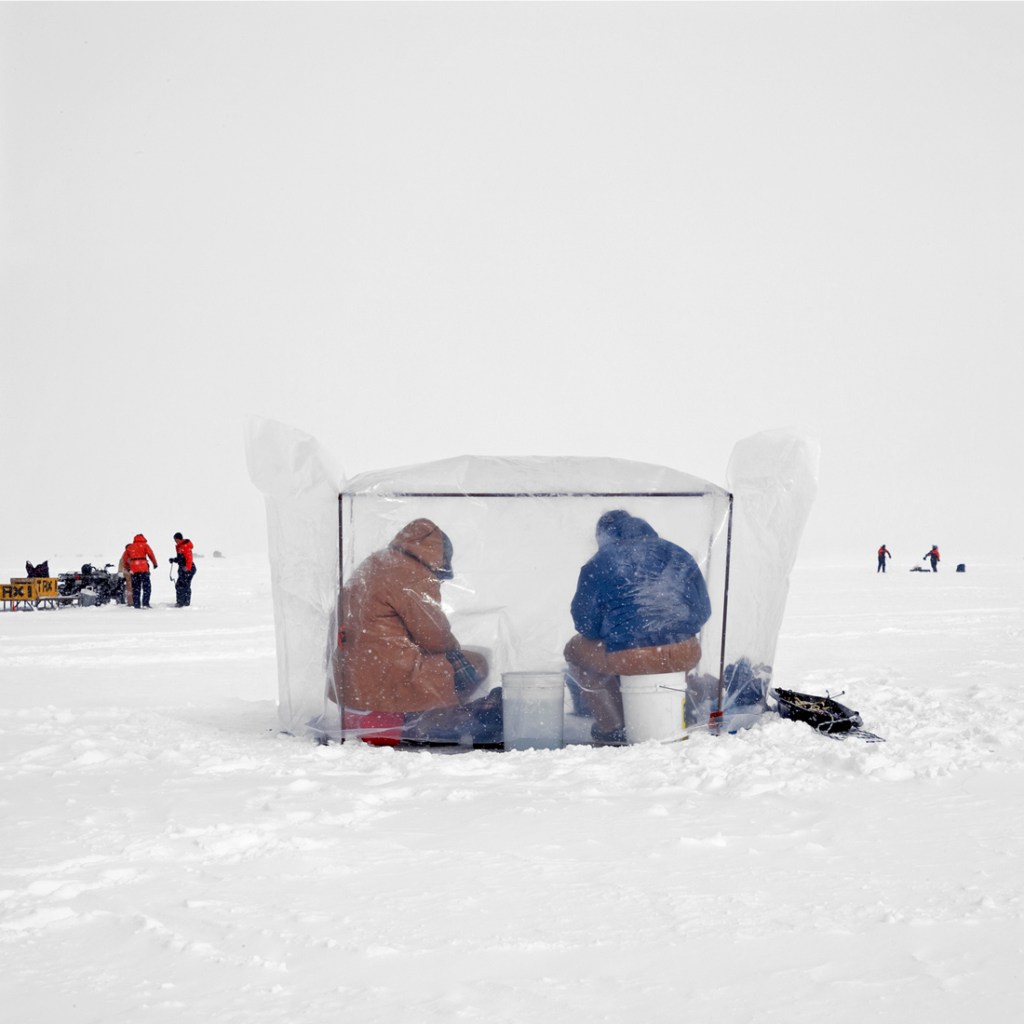
Gilford, Lake Simcoe, Ontario
While practical, they’re far less interesting to look at, he says. They’re also less reflective of the culture because they’re mass- produced.
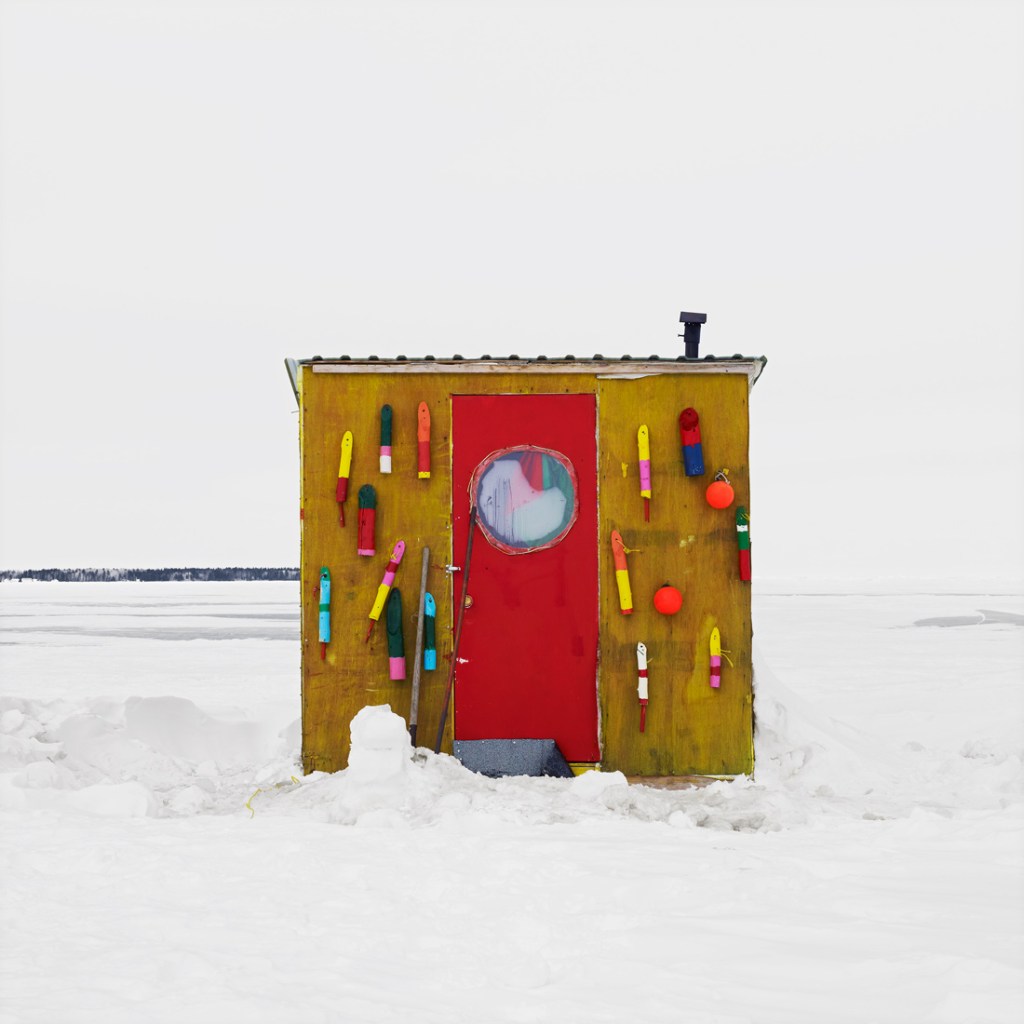
Rimouski, St. Lawrence River, Quebec
It seems climate change may do away with a big part of the ice- fishing tradition. “I think I got there just at the end of it,” Johnson says. “I’m glad I started when I did.”
All photos by Richard Johnson
